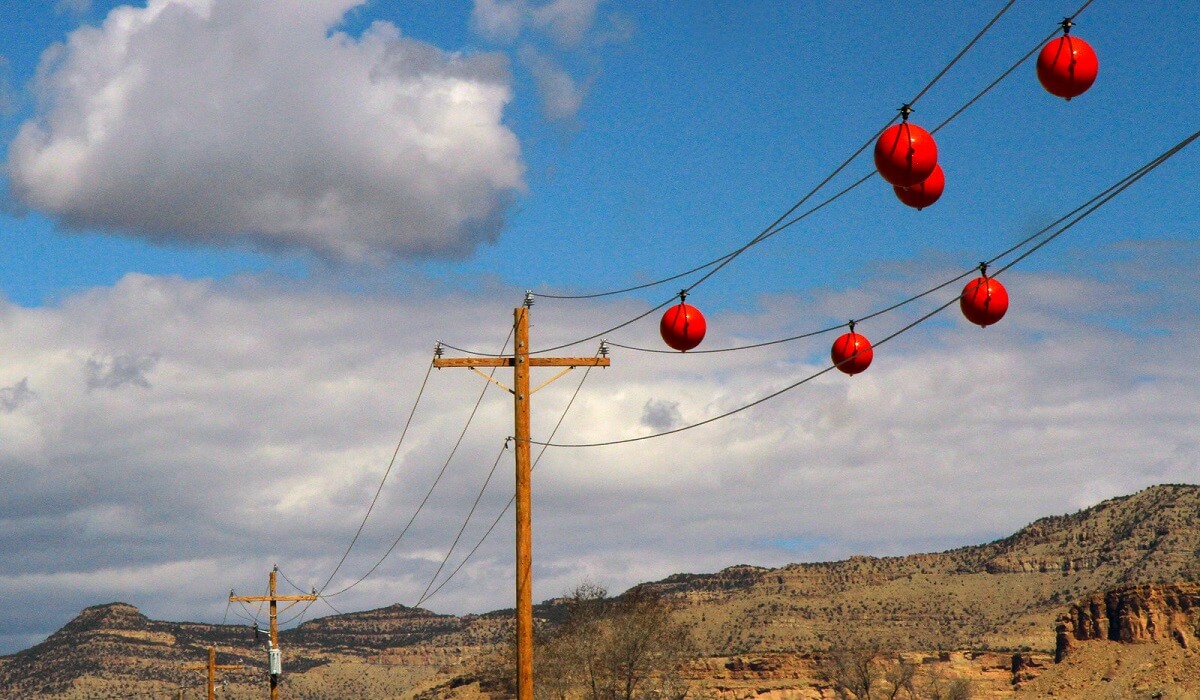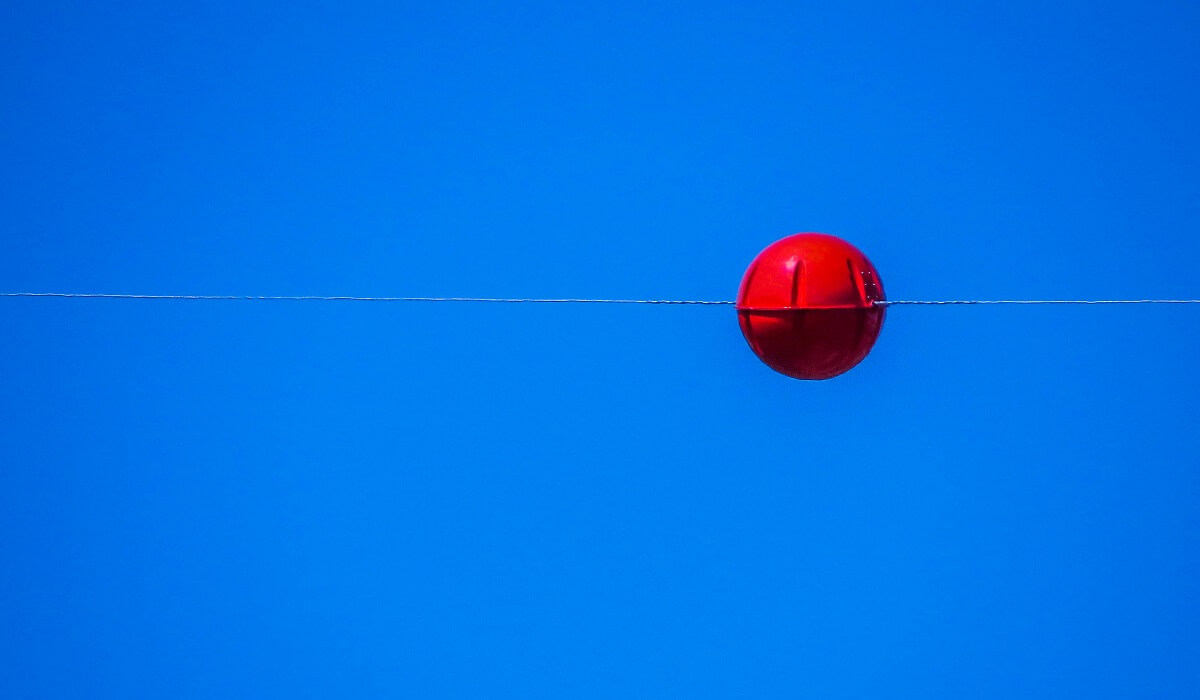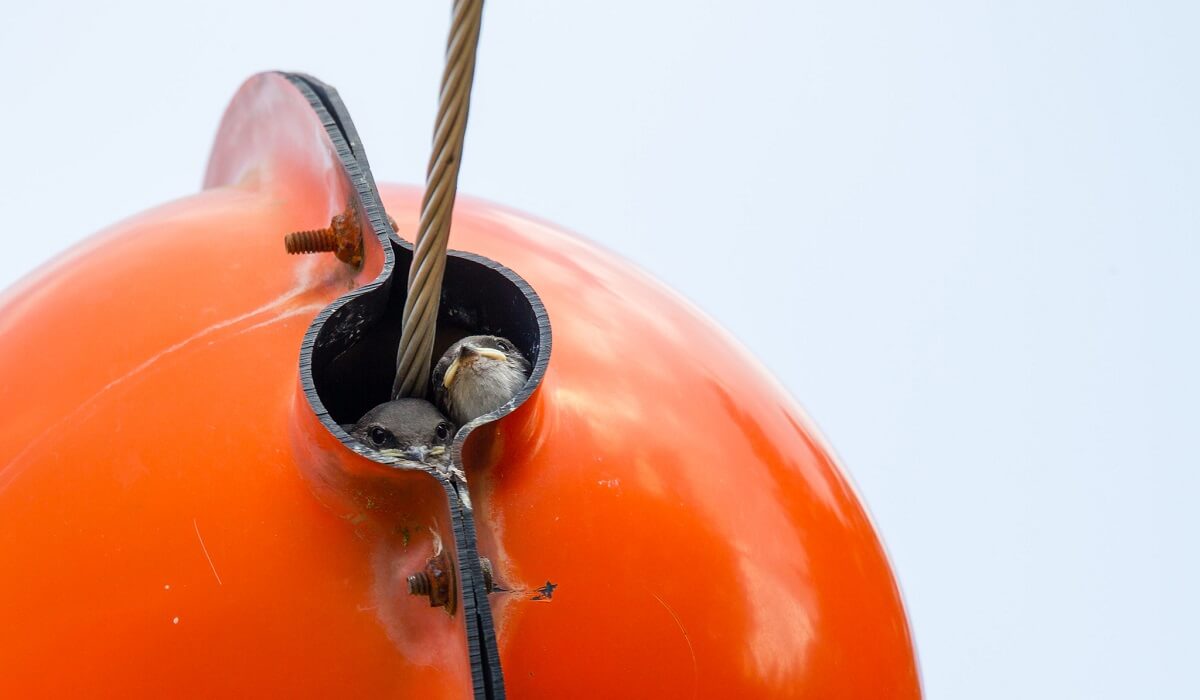
Have you ever wondered about those eye-catching, colorful balls adorning power lines near your home? Well, they're not just for decoration; they play a crucial role in ensuring safety for both avian and human travelers.
Misconceptions unveiled:
Before we dive into the world of power line marker balls, let's clear up some common misconceptions surrounding them. Contrary to popular belief, they are not weights to stabilize power lines during high winds, weather sensors, surveillance systems, or tools to prevent lines from colliding. Instead, their primary mission is to enhance visibility for low-flying pilots.
The purpose behind the bright balls:
These vibrant balls are officially known as Line Markers, Line Identifications, Aerial Markers, Bird Diverters, Aviary Balls, or Visibility Markers. You'll always find them in bold colors like yellow, orange, red, or white. Why? Because they're strategically placed to improve the visibility of power lines, especially in areas with dense forests, mountain ranges, or expansive fields that make these lines hard to spot.
Their contrasting hues against green or grey landscapes help power lines stand out.

Safety above all:
Beyond merely making power lines visible, these electric line balls play a critical role in averting life-threatening situations. They help prevent injuries, wildfires, and power outages. In regions prone to wildfires, like California (USA), the devastation caused by these disasters is well-known. Loss of homes and lives, along with service disruptions, can have dire consequences for communities, especially those reliant on electrical power for essential equipment in hospitals and care facilities.
The presence near you:
The likelihood of spotting power line marker balls in your vicinity increases if there's an airport nearby. Large aircraft primarily fly at high altitudes, but during takeoff and landing, they venture into lower altitudes where the risk of colliding with power lines is real. Smaller planes and helicopters operate at even lower altitudes, making hazard marking essential.
You'll also find these markers in valleys and mountainous areas, where aircraft fly closer to the ground.
A glimpse into history:
The story of marker balls traces back to the 1950s when the U.S. Federal Aviation Administration (FAA) identified a pressing issue: a rising number of aircraft-power line collisions. This concern was particularly acute near airports and lower altitudes. Initially made of fragile glass, marker balls required frequent replacements due to breakage.

However, in the 1960s, plastic marker balls emerged, proving more durable and cost-effective. Over time, their design and colors evolved to maximize visibility, with modern marker balls constructed from durable plastic designed to withstand various weather conditions and UV exposure. Their bright colors and some reflective coatings ensure visibility day and night.
The fascinating deployment:
Now, here's the intriguing part – how do they place these balls up there? The answer: helicopters! Specially trained individuals don suits and board helicopters to maintain power lines, including the installation and maintenance of these crucial markers.

In essence, those seemingly whimsical balls on power lines aren't just an aesthetic addition to the landscape; they are unsung heroes that contribute significantly to safety in the skies and on the ground.
- Speed up banana ripening: 4 hacks for quick and tasty results
Discover four clever hacks to accelerate the ripening of green bananas and enjoy their sweet goodness sooner
- How did the bathtub come about: from ancient legends to modern luxury
Discover the rich history of the bathtub, from its mythical origins to its widespread adoption in modern homes
- Peel an egg as fast as lightning: this method removes the entire shell in one motion
Discover the secrets to perfectly boiling eggs and effortlessly peeling them. Say goodbye to overcooked yolks and cracked shells













